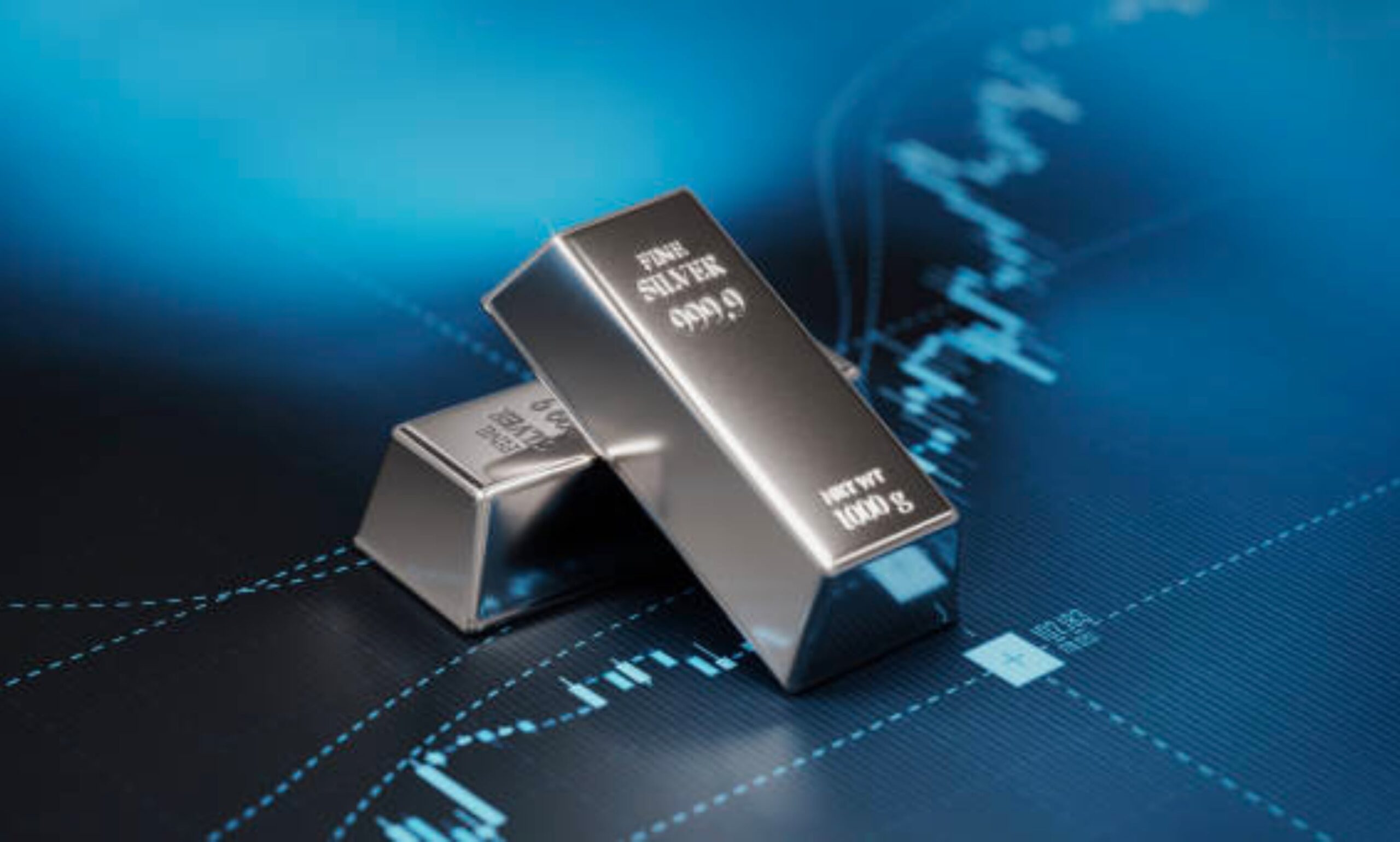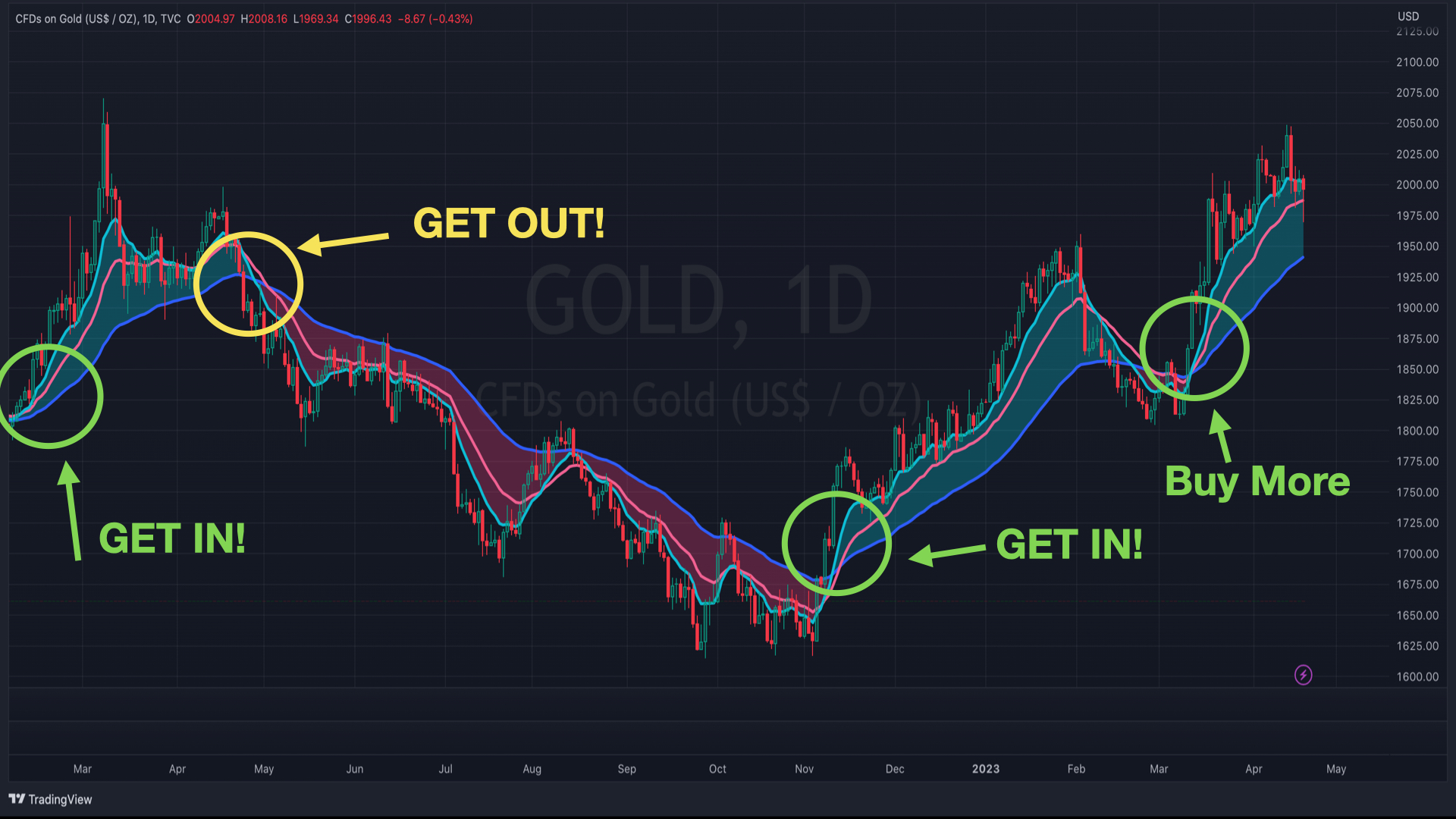When it comes to investing in silver, there are two main types of investments: physical silver and paper silver. While both options give investors exposure to the price of silver, they differ in terms of ownership, storage, and liquidity. In this blog post, we will discuss the differences between physical and paper silver.
Physical Silver
Physical silver refers to actual silver bullion coins, bars, or other physical forms of silver, which an individual owns outright. Physical silver is tangible, and investors typically purchase it to hold on to their wealth as a long-term investment or store of value.
One of the significant benefits of physical silver is that it is a tangible asset that you can hold in your hand. This gives investors complete control over their investment and eliminates the risk of another party owning the silver. Additionally, physical silver can serve as a great hedge against inflation or economic turmoil, and it's often thought of as a safe haven asset.
However, physical silver does have some downsides. First, it can be costly to purchase, with some coins and bars carrying a higher premium relative to the spot price of silver. Second, physical silver can be difficult and expensive to store securely, which can add to the overall cost of ownership.
Paper Silver
Paper silver is an investment in a derivative or financial product that gives exposure to the price of silver without owning the underlying asset. Examples of paper silver include silver-backed ETFs, silver futures contracts, and silver mining shares.
One of the main benefits of paper silver is liquidity, which means that it is much easier to buy and sell than physical silver. Also, paper silver is often more affordable than physical silver since the cost of storage and transportation is reduced or eliminated. This may be a more convenient option for those who don't have the resources or desire to own physical silver outright.
However, paper silver comes with some potential drawbacks. One of the most significant concerns is that the investor does not actually own the physical silver, and access to the underlying asset may be limited if something goes wrong. This is because paper silver is backed by the creditworthiness of the institution that issues the investment.
Another disadvantage of paper silver is that it is subject to counterparty risk. This means that if the party you have invested with goes bankrupt, you could lose your entire investment. Additionally, some forms of paper silver like ETFs might be subject to management fees or might not track the price of silver correctly.
Final Thoughts
Both physical and paper silver have their benefits and disadvantages. While physical silver provides investors with tangible, long-term security, and peace of mind, it typically comes with higher costs of ownership. On the other hand, paper silver is more convenient and liquid, but it comes with the risk of counterparty risk and exposure to financial markets.
Ultimately, deciding whether to invest in paper or physical silver is a personal decision that should be based on one's individual goals, risk tolerance, and investment strategies. Regardless of which route you choose, it’s crucial to conduct thorough research and consult with a financial advisor before making any investment decisions.




